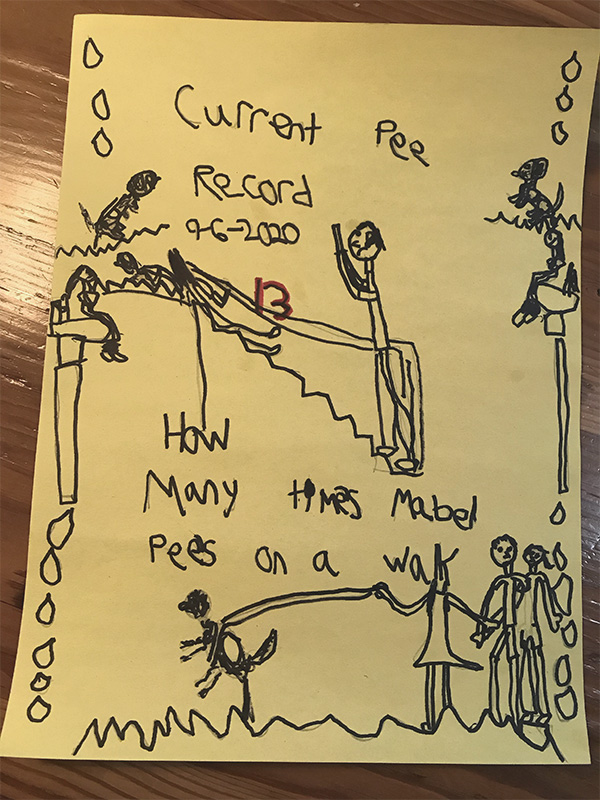Short and Sweet: 4 Ways to Condense Meeting Time
Most teams have to meet to keep work moving ahead, but that doesn’t mean you should spend all day in there.
There is no perfect length of time for a meeting. The right amount of time all depends on what the meeting’s about, which is why you can find meetings scheduled from just fifteen minutes on up to multiple days. According to research, people find both short and long meetings equally satisfying when the group uses that time productively.
That said, there are absolutely meetings that run too long. It’s easy to schedule meetings for an hour or 30 minutes because that’s what fits nicely on the calendar, but we rarely need this much time for our regular team meetings.
To examine that point, a research team from the University of Missouri investigated what happens when a team stands rather than sits in a meeting. They found that when a team stood up during meetings, they were able to achieve the same results in 34 percent less time. The mild discomfort of standing kept them focused and moving through the agenda, disabusing them of the false assumption that they should wait for the whole hour to end.
If you suspect your meetings are too long, make them shorter and give your team back those precious minutes.
Whether you need to tighten up a meeting so you can squeeze it into a crowded schedule, or you need a way to inject some energy into an otherwise sleepy meeting, here are four more strategies for making a meeting shorter.
1. Move information gathering and sharing into pre-work.
If you want shorter meetings, never, ever, spend meeting time reading out loud to the group. Instead, send reports far enough in advance to let everyone read them on their own. Or, if that isn’t possible, set a timer and have everyone read the reports silently to themselves during the meeting like they do at Amazon.
Also, don’t spend meeting time looking up basic information or watching someone pull together a report. If you’re meant to be reviewing a list of projects (or tickets, or updated financials, or sales leads, or any of the many lists teams frequently review), make sure that list is ready to go before you begin.
You can also collect brainstorming ideas and comments using online software before the meeting. Individual and anonymous online brainstorming often yields far more high-quality ideas than your team could ever create sitting around the table. By brainstorming before the meeting, you can now devote your meeting time to making sense of all those ideas together.
Finally, for any meeting where you need to make a big decision as a group, make sure to analyze the options in advance. Then, during the meeting, the conversation can focus on debating the facts rather than guesswork.
2. Create a more focused agenda.
The shortest meetings focus on achieving a single desired work outcome. This makes it possible to plan a meeting that gets to that outcome quickly. When you know that you’re meeting to make a decision, for example, you can end as soon as that decision is written down.
By contrast, many teams keep a rolling list of topics that they may or may not talk about every week. Whatever they happen to talk about first gets the most time, and then as the end of the hour draws closer, they may rush to fit in another topic or two. These meetings almost always run late and rarely get through all the topics on the list.
If you really don’t have a clear, single objective for the meeting, use a real-time agenda technique like Lean Coffee. Then, the group can prioritize what gets discussed together and strictly limit how much time they devote to each topic.
3. Use tight scheduling and strict adherence to timers.
Schedule a precise start and end time, then use timers to stick to these times.
For best results, pick unusual times. For example, you might start at 9:12 AM and end at 9:48 AM. These odd times call attention to the time limit, challenging everyone to focus on sticking to the schedule.
4. Make shorter meetings an explicit goal.
Teams that want shorter meetings succeed when they agree together that they are going to run shorter meetings. Your team will get really good running a tight meeting when you practice keeping meetings short, measure how well you keep to the scheduled time, and continually refine your approach.
Like any skill, running shorter meetings gets much easier very quickly with a bit of intentional practice.
This content was originally posted here:
https://www.inc.com/jelise-keith/4-ways-to-make-meetings-shorter.html



